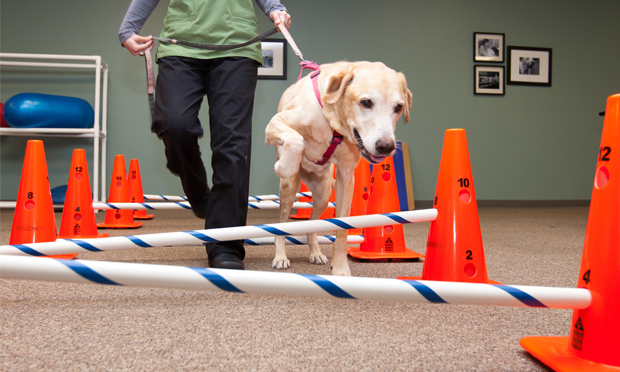As pet owners, we all hope that our dogs can grow up healthy and happy, and joint health is the cornerstone of their vitality and happy life. As dogs age, their joints will gradually bear more pressure and are prone to wear, inflammation and other problems. Fortunately, through a scientific and reasonable exercise plan, we can effectively help our dogs maintain joint health and reduce the occurrence of pain. Here are some practical suggestions:
1.Understand your dog’s physique and age
First, before making an exercise plan, you need to fully understand your dog's breed, age, health, and activity level. Different breeds of dogs have different needs for exercise. For example, hounds and shepherds usually need more room to move and high-intensity exercise, while short-nosed or small dogs may be more suitable for low-intensity walks and play. Older dogs and those with joint disease will need a more gentle form of exercise.
2. Mainly low impact exercise
In order to protect your dog's joints, low-impact exercise methods should be preferred. Walking is the most basic and most common choice. Walking regularly and quantitatively every day can help enhance the dog's cardiopulmonary function while reducing the burden on the joints. In addition, swimming is an excellent whole-body exercise. The buoyancy of water can support the dog's body and reduce the impact on the joints. It is especially suitable for dogs with heavy weight or existing joint problems.
3. Strengthen core and muscle strength
Strong muscles can better support and protect joints. Through some simple strength training games, such as using a leash for slow and steady tension training, or using obstacles to let the dog practice crossing (pay attention to the height to avoid jumping too high and causing injuries), the core muscles and limb muscles of the dog can be effectively improved.

4. Avoid excessive exercise
Although exercise is good for the health of dogs, excessive exercise can also damage joints. Pay attention to observe the dog's exercise reaction. If the dog appears exhausted, short of breath, or has abnormal joint reactions (such as lameness, unwillingness to walk, etc.) after exercise, the amount of exercise should be reduced immediately or the exercise should be suspended to give full rest.
5. Maintain a proper weight
Obesity is a major threat to the health of dog joints. Excessive weight will increase the burden on joints and accelerate wear. Therefore, reasonable control of diet and avoidance of overweight dogs are important parts of maintaining joint health.
6. Regular check-ups and health care
Take your dog to the veterinarian for regular health checks, especially joint checks, to identify and address potential problems in a timely manner. In addition, some joint health products, such as joint supplements and fish oil, can also help maintain joint health to a certain extent, but it is best to consult a veterinarian before use.
In short, through a scientific and reasonable exercise plan, combined with proper diet management and regular check-ups, we can effectively help our dogs maintain joint health and let them have a happier and more active life. Remember, every dog is unique, and finding the most suitable exercise method for it is the key.










0 Comments